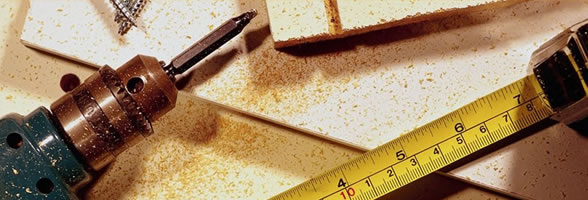
Club de Revistas de Dermatopatología. Jueves 22 de Noviembre 2012
17.11.2012 18:09Nail psoriasis: a review.
Tan ES, Chong WS, Tey HL. Am J Clin Dermatol. 2012 Dec 1;13(6):375-88
Nail psoriasis is common, occurring in up to half of patients with psoriasis and in 90% of patients with psoriatic arthritis. Left untreated, it may progress to debilitating nail disease, which leads to significant functional impairment. The most common clinical signs of nail psoriasis are nail plate pitting and onycholysis. Other classical signs include oil drop discoloration, subungual hyperkeratosis, and splinter hemorrhages. The modified Nail Psoriasis Severity Index (mNAPSI) can be used to grade the severity of nail psoriasis, while the Nail Psoriasis Quality of Life Scale (NPQ10) is a questionnaire that evaluates the impact of nail psoriasis on the patient's functional status and quality of life. Treatment of nail psoriasis should be individualized according to the patient's preferences, severity of nail changes, and presence of skin and/or joint involvement. Both topical and intralesional therapies are safe and effective treatment modalities for nail disease, but are limited by poor adherence and pain, respectively. Systemic therapy such as oral retinoids may be considered for widespread nail disease causing significant morbidity. Among biologic agents, tumor necrosis factor-α inhibitors and T-cell-targeted therapies such as ustekinumab may be useful for refractory severe nail psoriasis.
Table I. Signs of nail psoriasis corresponding to site of disease
---------------------------------------------------------------------
—————
